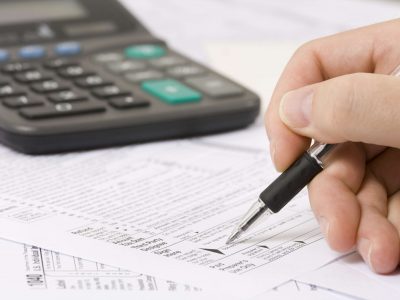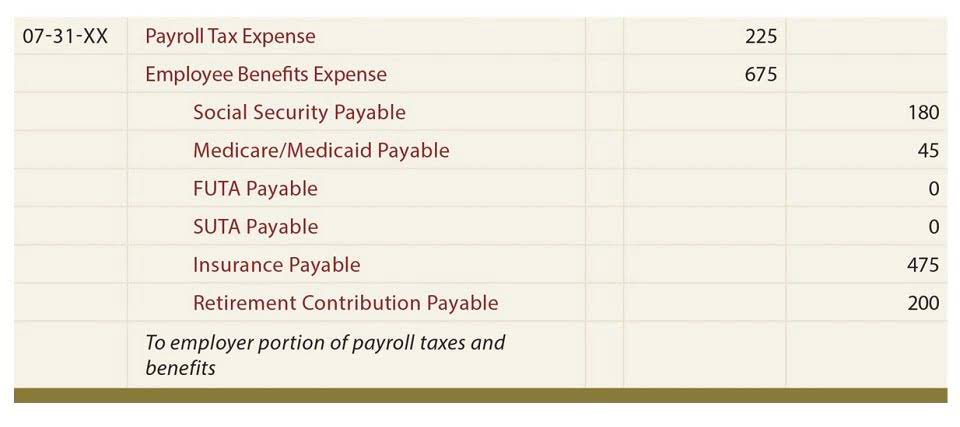
While straight-line depreciation provides a clear-cut, step-by-step process to allocate asset costs, market value estimation swings in a different direction. It allows for a more fluid and market-oriented approach to sizing up an asset’s potential worth in the open market. Subtract the accumulated depreciation from the initial cost to determine the residual value. Think of it as your asset’s future garage sale price after it’s done its duty for you.
- Sometimes, it’s about predicting the value of the thing when a lease or loan ends.
- These conventions help determine the portion of the year to depreciate property in both the year the property is placed in service and the year it is taken out of service.
- It uses the salvage value formula to find resell value and gives step-by-step solutions by explaining every term.
- The salvage value is considered the resale price of an asset at the end of its useful life.
- It is tallied by aggregating the annual loss in value for the entire duration you have owned it.
Market Value Estimation
It must be noted that the cost of the asset is recorded on the company’s balance sheet whereas the depreciation amount is recorded in the income statement. It uses the straight-line percentage on the remaining value of the asset, which results in a larger depreciation expense in the earlier years. Companies determine the estimated after tax salvage value for anything valuable they plan to write off as losing value (depreciation) over time.
Table A-5: 3-, 5-, 7-, 10-, 15-, and 20-Year Property; Mid-Quarter Convention; Placed in Service in Fourth Quarter

Salvage value is an asset’s estimated worth when it’s no longer of use to your business. Say your carnival business owns an industrial cotton candy machine that costs you $1,000 new. Salvage value can sometimes be merely a best-guess estimate, or it may be specifically determined by a tax or regulatory agency, such as the Internal Revenue Service (IRS). The salvage value is used to calculate year-to-year depreciation amounts on tangible assets and the corresponding tax deductions that a company is allowed to take for the depreciation of such assets.

How to Calculate After-Tax Real Interest Rate
In the second year, the amount of depreciation under the straight-line method would again be $2,000. Under the 200% declining balance method, it would be $2,400 (40% of after tax salvage value calculator the $6,000 remaining depreciable basis). With the 200% declining balance method, depreciation is taken at twice the rate you would see under the straight-line method.

Salvage value might only focus on its worth when it’s done, without considering selling costs. To estimate salvage value, a company can use the percentage of the original cost method or get an independent appraisal. The percentage of cost method multiplies the original cost by the salvage value percentage.
It’s the estimated value of something, like a machine or a vehicle, when it’s all worn out and ready to be sold. This differs from book value, which is the value written on a company’s papers, considering how much it’s been used up. Both declining balance and DDB methods need the company to set an initial salvage value. The chosen depreciation method influences the book value of the asset, impacting the gain or loss on disposal. The straight-line method is a commonly used approach for calculating depreciation by evenly spreading the decrease in an asset’s value over its useful life until it reaches its salvage value.
Determine The Depreciation Rate
When businesses buy fixed assets — machinery, cars, or other equipment that lasts more than one year — you need to consider its salvage value, also called its residual value. First, companies can take a percentage of the original cost as the salvage value. Third, companies can use historical data and comparables to determine a value. There are six years remaining in the car’s total useful life, thus the estimated price of the car should be around $60,000.
Choose a depreciation method
- Many businesses use MACRS depreciation to model how property will depreciate over time.
- The salvage amount or value holds an important place while calculating depreciation and can affect the total depreciable amount used by the company in its depreciation schedule.
- The depreciation journal entry accounts are the same every time — a debit to depreciation expense and a credit to accumulated depreciation.
- The “declining balance” aspect of the 200% and 150% methods basically means that depreciation is calculated each year based on the property’s depreciable basis at the beginning of the accounting period.
- Let’s figure out how much you paid for the asset, including all depreciable costs.
- This means the van depreciates at a rate of $5,000 per year for the next five years.
- Now, you are ready to record a depreciation journal entry towards the end of the accounting period.